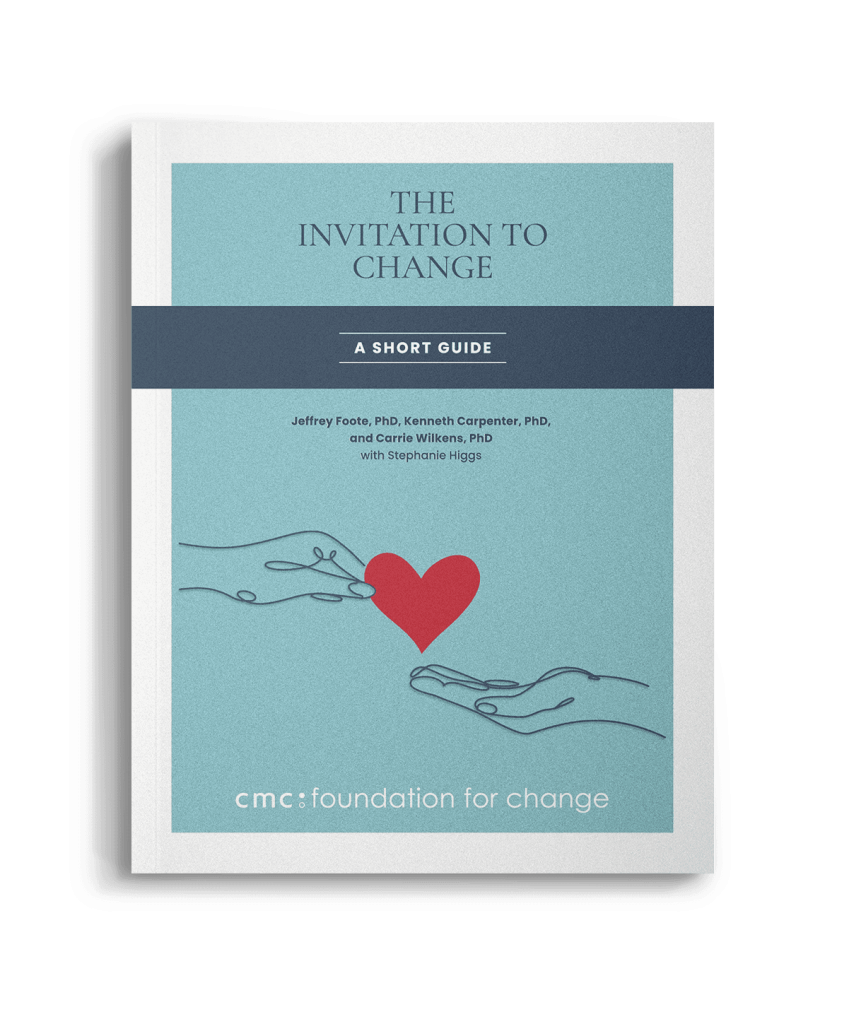In addition to the LOVE communication skills taken from Motivational Interviewing, CRAFT prescribes positive communication skills as additional communication tools for your toolbox. You might be thinking: “wouldn’t that be nice…to just be positive!” But CRAFT breaks it down into seven elements, all within your reach. These elements will improve any kind of communication, but they are especially useful for making requests. What we have found with these seven elements is they are both straightforward and difficult to do, so practice is important.
“Positive communication” does not mean only saying nice things and avoiding conflict. Here’s what it does mean: (For examples and more explanation, see our chapter on Positive Communication in Beyond Addiction.)
- Be Brief
Most people say more than necessary when they haven’t planned it in advance, especially when nervous or angry. Try to hone in on your central request ahead of time, and stick to it. Script, edit, and rehearse what you want to say as concisely as possible. Extraneous words can drown out your core message (as in the “waa waa waa” of Charlie Brown’s teacher). - Be Specific
Vague requests are easy to ignore or misunderstand, and are often difficult to translate into concrete behavior. In contrast, referring to specific behaviors instead of thoughts or feelings makes change observable, measurable, and reinforceable. For instance, instead of telling your child to “be more responsible,” specify a behavior you want to see more of: “On school days, I want you to get up when your alarm goes off.” - Be Positive
Where “positive” entails describing what you want, instead of what you don’t want. This shifts the framing from critical and complaining to supportive and doable, and ties into positive reinforcement strategies, since it’s easier to reward someone for doing something—a concrete, verifiable thing—than for not doing something. Being positive in this way decreases defensiveness and rebellion and promotes motivation. Framed positively, “Stop coming home late” becomes “Come home by curfew time.” - Label Your Feelings
Kept brief and in proportion, a description of your emotional reaction to the problem at hand can help elicit empathy and consideration from your child. For best results, state your feelings in a calm, nonaccusatory manner. If your feelings are very intense, it can be a good strategy to tone them down. So if you were feeling “furious and terrified” you might say “frustrated and worried.” - Offer an Understanding Statement
The more the other person believes that you “get” why he is acting the way he is, the less defensive he will be and the more likely to hear you and oblige. Plus, trying to understand your child’s perspective builds your empathy, which will help the relationship. - Take Partial Responsibility
Sharing in a problem, even a tiny piece of the problem, decreases defensiveness and promotes collaboration. It shows your child that you’re interested in solving, not blaming. Accepting partial responsibility does not mean taking the blame or admitting fault; it communicates “We’re in this together.” - Offer to Help
Especially when phrased as a question, an offer to help can communicate non-blaming, problem-solving support. Try asking, “Would it help if…?” Or simply, “How can I help?” A little goes a long way to improve communication and generate ideas. (“Yeah, if you texted me a reminder, that would help.”)
Next Page: Avoiding Conversational Traps


